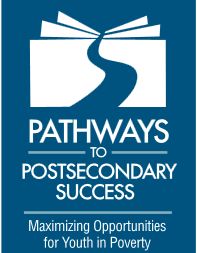Postsecondary Educational Pathways of Low- and Middle/High-Income Youth: Using the Education Longitudinal Study (ELS) to Examine Tenth Graders’ Transitions from High School
<Click on this link to download the complete report.>
By Leticia Oseguera. This work examines the four-year trajectories of a national cohort of tenth graders by socioeconomic status to better understand pathways of educational movement. Drawing on the Education Longitudinal Study, we identify large differences in post high school transitions, conditional upon the type of educational status one secures during high school, across low-income and middle/high-income samples. Only when we take into account college readiness at high school graduation do we see similar proportions of low-income and middle/high-income students make the transition to college immediately after high school graduation. As the population of low socioeconomic status students in the U.S. continues to expand and the importance of obtaining a four-year higher education degree increases, understanding students’ post-high school behavior in light of their secondary education outcomes can guide policy to identify and close the gap in the pipeline to college access.

